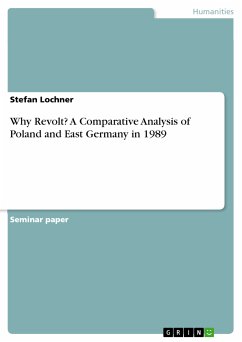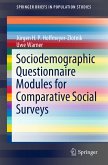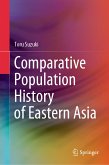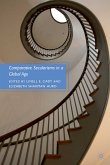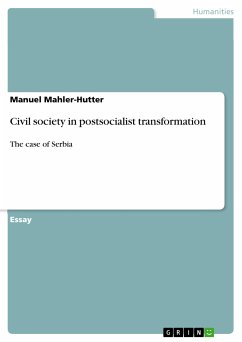Seminar paper from the year 2008 in the subject Sociology - Political Sociology, Majorities, Minorities, grade: 2, University of Tubingen, course: Comparative Research, language: English, abstract: In this paper Esping-Andersen’s “The Three Worlds of Welfare Capitalism” will be illustrated followed by an discussion which is concerned with an empirical critique that refers to the number of welfare-state regimes Esping-Andersen suggests. Since the end of the 20th century, welfare states emerged in every industrialized society to protect its citizens against certain risks and disadvantages. The national differences of these social protection systems are admittedly considerable. This diversity has been ever since an issue for historical and social science and poses challenging questions: What are the differences of the different nation systems? Where do they come from – do they exist due to political, cultural or economic reasons? In 1990 Gøsta Esping-Andersen published “The Three Worlds of Welfare Capitalism” which became a milestone concerning the field of comparative welfare state research. Since the The Three Worlds of Welfare Capitalism was published, it is extremely difficult to find even one article on welfare states in which Esping-Andersen’s approach is not at least mentioned. Reams of reviews, articles, critiques and additions were composed. An issue that is discussed ever since and which is still a topic of controversial debates is the number of regime types which should be distinguished. As the title already shows, Esping-Andersen suggests three distinctive welfare-types, but his empirical argumentation in particular caused a debate concerning the actual number of types.



